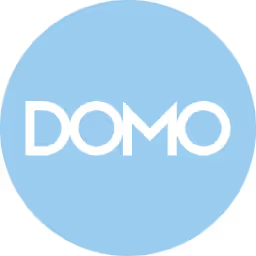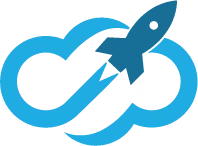Cassidy Alternatives
Find your Cassidy alternative. This guide offers a detailed comparison of 10 tools, covering features, pricing, and ideal use cases.

You might be using Cassidy for good reasons. It performs well when you need to build AI assistants and multi-step workflows that connect to your company’s data. It helps automate tasks across different departments like sales, support, and marketing.
But like any tool, it has limits. Some users say its features can be overwhelming, and others mention its limited integrations. We've identified the best alternatives and analyzed their advantages and drawbacks based on G2 reviews to help you shortlist them. Let's get started.
11x: AI Digital Workers for Sales Teams
11x provides AI digital workers for sales-focused companies. They handle tasks that include lead research, data enrichment, and personalized email outreach.
This approach can free up your sales team to concentrate on deals. If your priority is sales automation, consider this option for your shortlist.
11x is a go-to-market platform that uses AI agents to handle the sales process automatically.
The platform includes two AI agents. Alice identifies promising prospects, conducts outreach via email and LinkedIn, and updates your CRM. Julian handles inbound lead qualification and schedules meetings.
It replaces the need for separate tools for data enrichment, outreach, or email warmup by combining these functions into a single platform.
Cassidy Alternatives
We will now examine the top Cassidy alternatives in detail. This analysis includes a breakdown of pricing, features, and a comparison of their respective strengths and weaknesses.
1) Apollo.io
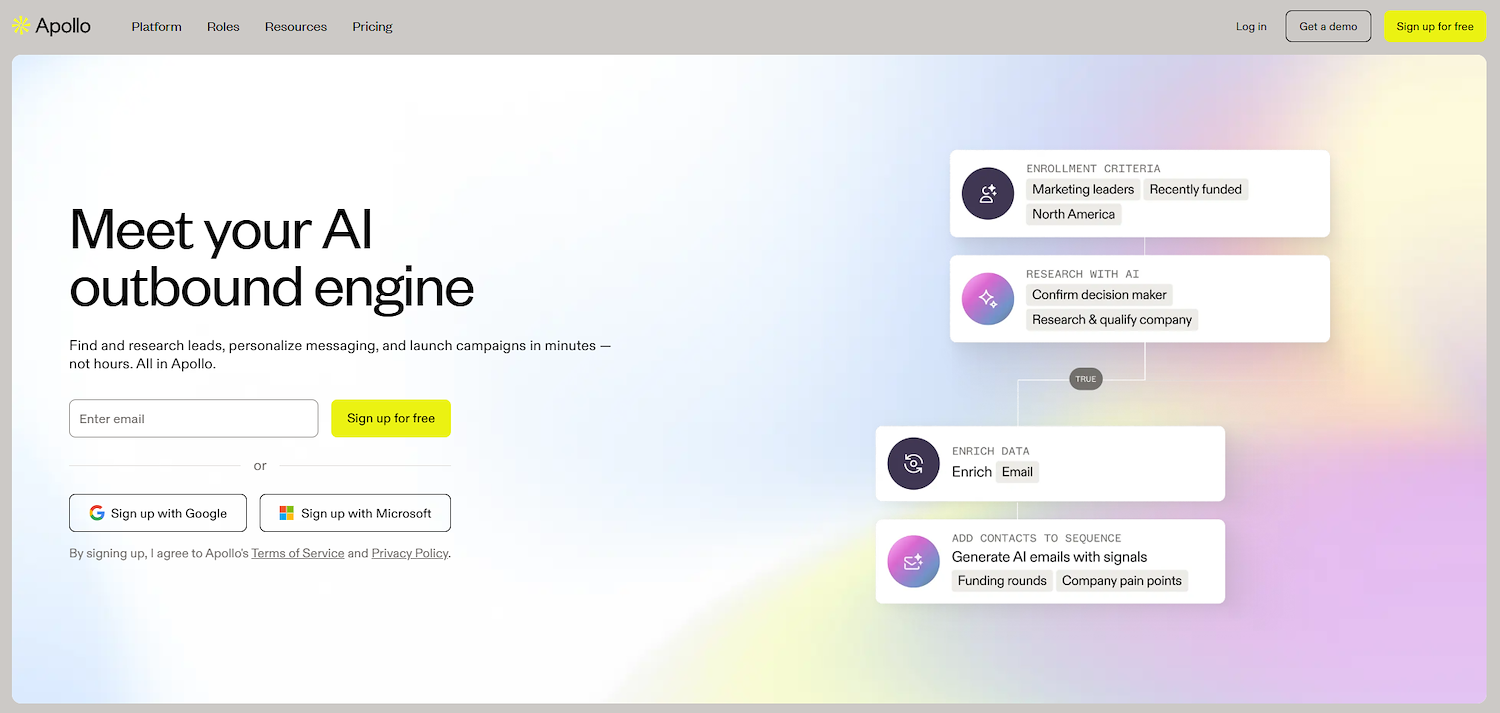
Apollo.io is a sales intelligence platform. It provides access to a large contact database for prospect discovery. The system allows users to build automated outreach sequences and manage workflows. It integrates with various CRMs and sales tools.
An AI assistant helps write personalized emails, and analytics track campaign performance. This combination of data and automation supports sales team operations.
Apollo.io's Main Features
- Provides access to a large contact database for prospect discovery.
- Allows users to build automated outreach sequences and manage workflows.
- Integrates with various CRMs and sales tools to support existing systems.
- Includes an analytics function to track campaign performance.
How Apollo.io Compares to Cassidy
Average Review score: 4.7/5 stars based on 8,904 G2 reviews.
- Apollo.io includes a B2B database of over 210 million contacts. This provides lead data directly, while Cassidy primarily works with your existing company information.
- It provides an all-in-one sales platform that covers prospecting, engagement, and analytics. This integrated approach differs from Cassidy, which focuses on creating separate AI assistants for various tasks.
- The platform automatically enriches lead data from its database. This is a slight advantage over Cassidy, which may require connections to external data sources for similar enrichment.
- A free plan is available for individual users. This offers a no-cost way to access core features, a point of comparison against Cassidy's potential pricing structure.
How Apollo.io Differs From Cassidy
- Apollo.io centers on sales and marketing tasks. This is different from Cassidy, which builds AI assistants for various departments, including support and operations.
- The platform's automation is tailored for sales sequences. Some users may find this less flexible than Cassidy's system for building custom, multi-departmental workflows.
- This tool primarily uses its large external database for data. Cassidy, however, focuses on connecting to and utilizing a company's internal data to power its AI assistants.
Value and Cost Analysis
Apollo.io offers a transparent pricing model with a free plan for individuals and paid tiers starting at $49 per user per month. Cassidy does not publish its pricing, suggesting a focus on custom enterprise contracts. This makes Apollo.io more accessible for teams wanting to test the platform at a low cost.
2) ZoomInfo SalesOS
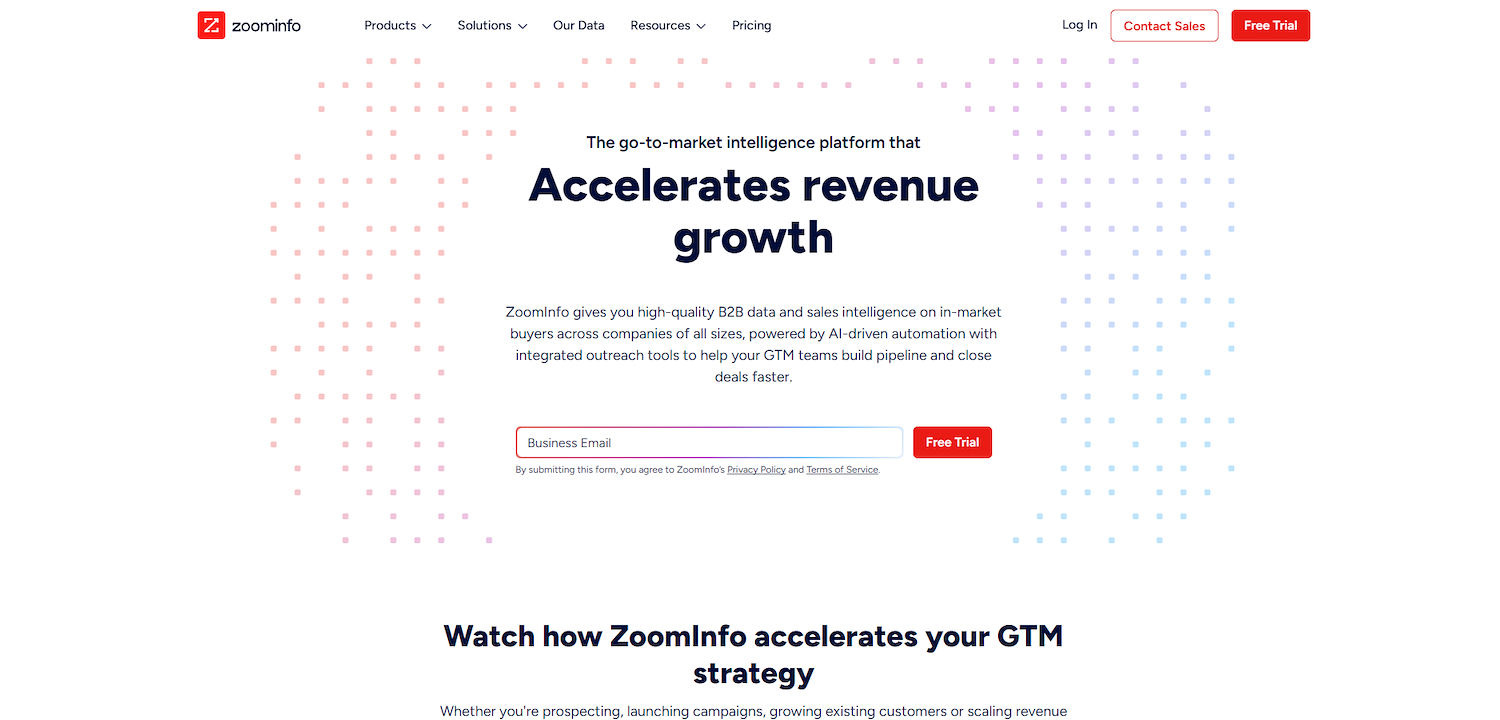
ZoomInfo SalesOS is a go-to-market intelligence platform for B2B companies. It combines company data, buyer-intent signals, and automation tools into one system. A generative-AI companion, Copilot, helps draft outreach and find insights.
The platform automates GTM workflows. It connects with CRMs and other applications through over 100 pre-built integrations and APIs. This setup supports various teams with a single information source.
ZoomInfo SalesOS's Main Features
- It provides buyer intent data to identify prospects who are ready to purchase.
- The platform includes website visitor tracking to turn anonymous traffic into sales leads.
- It uses conversation intelligence to analyze calls and meetings for actionable insights.
- The system applies predictive modeling to uncover customers that fit an ideal profile.
How ZoomInfo SalesOS Compares to Cassidy
Average Review score: 4.5/5 stars based on 8,738 G2 reviews.
- ZoomInfo SalesOS provides a large, frequently refreshed B2B database for prospecting. This differs from Cassidy, which mainly relies on your company's existing data to function.
- It includes buyer intent data to identify prospects who are actively researching solutions. This offers a proactive lead source, whereas Cassidy automates tasks for leads you already have.
- The platform's conversation intelligence analyzes sales calls to find actionable insights. This provides sales coaching data, a feature distinct from Cassidy's focus on building multi-departmental workflow automations.
- Its AI Copilot gives recommendations on who to contact by combining its database with your data. This is more sales-focused than Cassidy's AI assistants, which are built for broader, cross-departmental tasks.
How ZoomInfo SalesOS Differs From Cassidy
- ZoomInfo SalesOS centers on sales and go-to-market functions. This is a narrower focus compared to Cassidy, which builds AI assistants for various departments, including customer support and operations.
- Its automation is tailored for sales outreach sequences. Cassidy offers more flexibility, as it allows users to build custom, multi-step workflows for a wider range of business processes beyond sales.
- The platform relies on a large external database, and some users report its data can be outdated. This may require manual checks, a step not needed with Cassidy, which uses a company's internal data.
Value and Cost Analysis
ZoomInfo SalesOS and Cassidy do not publish pricing, which points to custom enterprise-level contracts for both. This model requires contacting their sales teams for a quote based on your company’s needs. For specific details, you can visit the ZoomInfo SalesOS 's official website.
3) Lusha
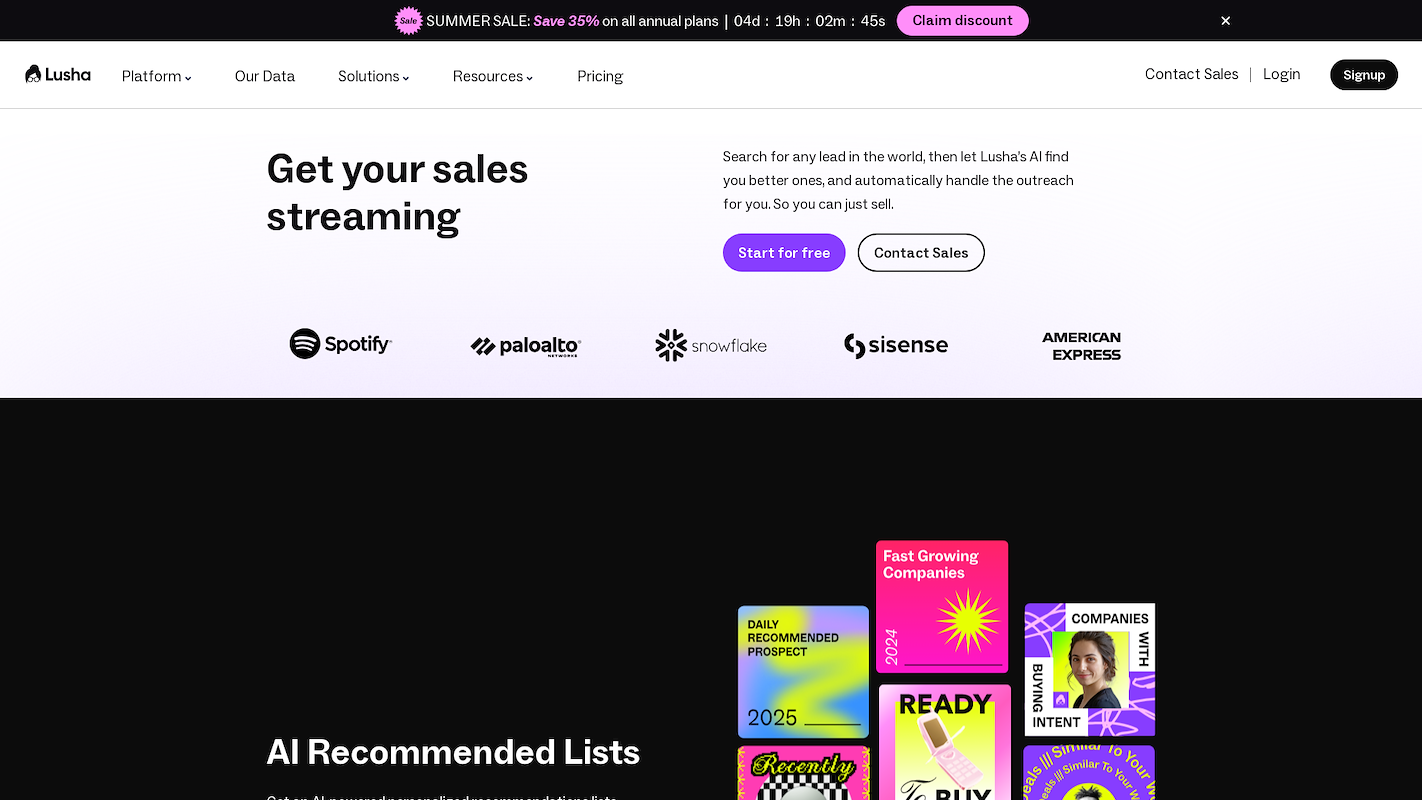
Lusha is a sales-intelligence platform that lets revenue teams find B2B leads. It uses AI to recommend prospects and automates multichannel outreach within a single workflow. The platform integrates with popular CRMs and sales tools to help build accurate prospect lists and automate personalized email sequences. This process connects compliant B2B data into existing sales and marketing stacks through APIs and native connectors, which removes the need for manual research.
Lusha's Main Features
- Delivers live, auto-updating lead lists that add new prospects at user-defined intervals.
- Identifies in-market buyers and provides real-time notifications on intent triggers.
- Records and analyzes sales meetings through its Lusha Conversations tool.
- Maintains data compliance with GDPR, CCPA, and ISO 27701 & 27001 certifications.
How Lusha Compares to Cassidy
Average Review score: 4.3/5 stars based on 1,516 G2 reviews.
- Lusha provides its own B2B contact database for prospecting. This is different from Cassidy, which primarily uses your company's internal data to build automations.
- Its AI Prospect Playlists automatically create and update lead lists based on an ideal customer profile. This offers a ready-made prospecting solution, while Cassidy requires users to build custom workflows.
- The platform offers a free plan and clear pricing tiers for individuals and teams. This makes it more accessible to try than Cassidy, which does not publish its pricing.
- It maintains data compliance with GDPR and CCPA certifications. This provides a specific assurance for outreach data, a feature not explicitly detailed for Cassidy's general automations.
How Lusha Differs From Cassidy
- Lusha is designed for sales and marketing teams. In contrast, Cassidy builds AI assistants for various departments like support and operations, which provides more versatility for company-wide automation.
- Its automation is tailored for sales outreach sequences. Cassidy offers more flexibility, as it lets users build custom, multi-step workflows for a wider range of business processes.
- The platform relies on its external B2B database. This is a key difference from Cassidy, which powers its automations through connections to a company’s internal data.
Value and Cost Analysis
Lusha offers transparent pricing with a free plan and paid tiers starting at $36 per user per month, making it more accessible than Cassidy, which uses a custom-quote model for enterprise clients. Check the detailed pricing of Lusha on Lusha's official website.
4) Outreach
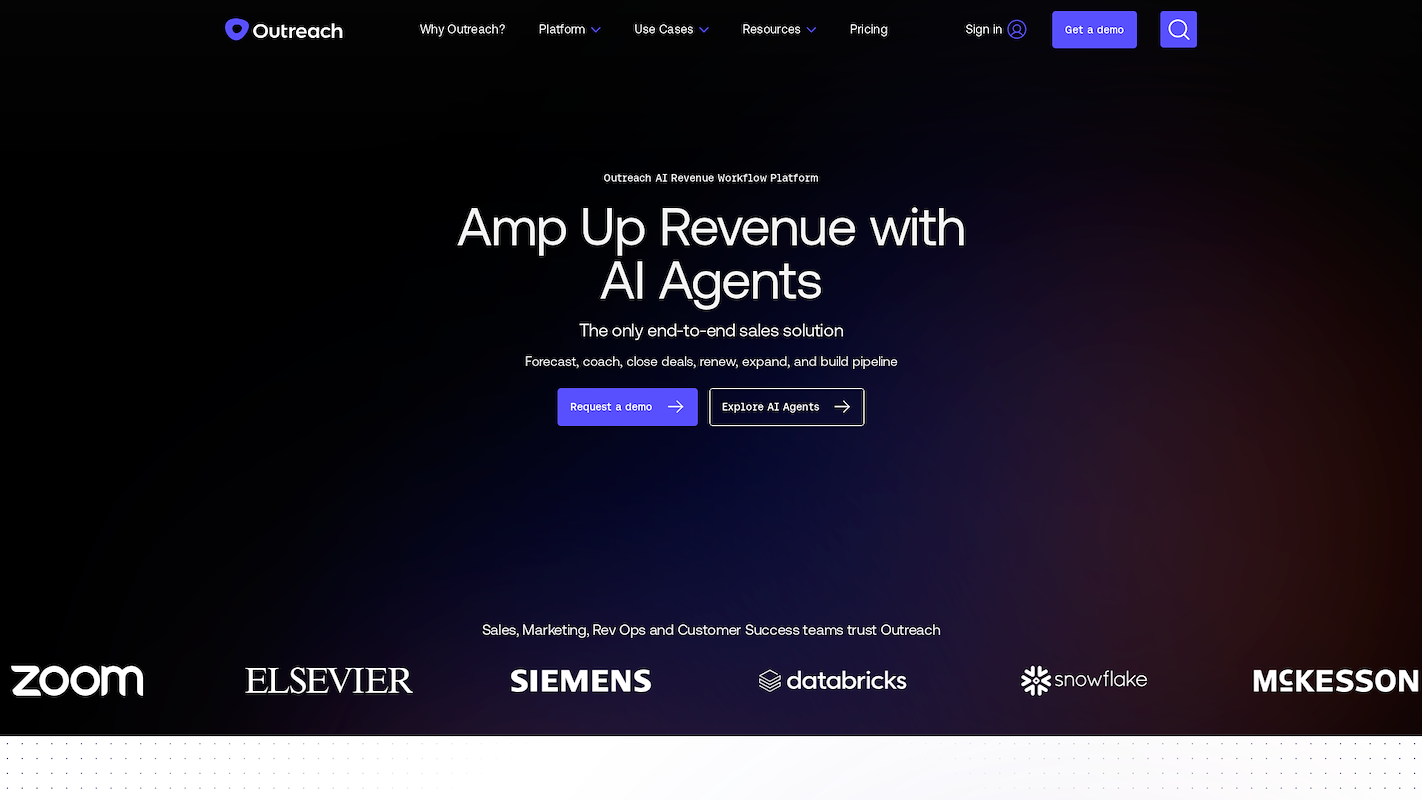
Outreach is a sales execution platform that helps manage the sales cycle. It uses AI to analyze interactions and guide reps on what actions to take next. The platform automates workflows and sequences. It also integrates with CRMs to keep all sales activities in one place for consistent team performance.
Outreach's Main Features
- Provides AI-driven representative coaching through Kaia, with meeting summaries and analytics for managers.
- Analyzes buyer sentiment by detecting topics across meetings, calls, and emails.
- Offers real-time content guidance with live prompts and content cards during meetings.
- Surfaces risks, next steps, and recent activity on accounts and deals using Smart Assist features.
How Outreach Compares to Cassidy
Average Review score: 4.3/5 stars based on 3,479 G2 reviews.
- Outreach provides AI-powered sales rep guidance with its Kaia feature. This offers a level of sales-specific support that is different from Cassidy's general-purpose AI assistants.
- It analyzes buyer sentiment across calls and emails to find useful insights. This is a slight advantage over Cassidy, which focuses on task automation rather than interaction analysis.
- The tool gives real-time content prompts to sales reps during live calls. This direct support in meetings is a feature not found in Cassidy's workflow automation system.
- Its Smart Assist feature surfaces risks and suggests next steps for active deals. This is a more focused sales execution tool compared to Cassidy's flexible, multi-department automations.
How Outreach Differs From Cassidy
- Outreach focuses on sales execution. This is different from Cassidy, which builds AI assistants for multiple departments like customer support and operations, providing broader company-wide automation.
- The platform's automation is designed for sales sequences. Some users might find this less flexible than Cassidy's system, which lets users create custom workflows for diverse business processes.
- It primarily uses sales interaction data. This contrasts with Cassidy, which connects to a company's internal data from various departments to automate a wider range of internal tasks.
Value and Cost Analysis
Both Outreach and Cassidy operate on a custom-quote basis, so pricing is not publicly available. For the most accurate and up-to-date pricing information, we recommend visiting Outreach's official website.
5) Salesloft
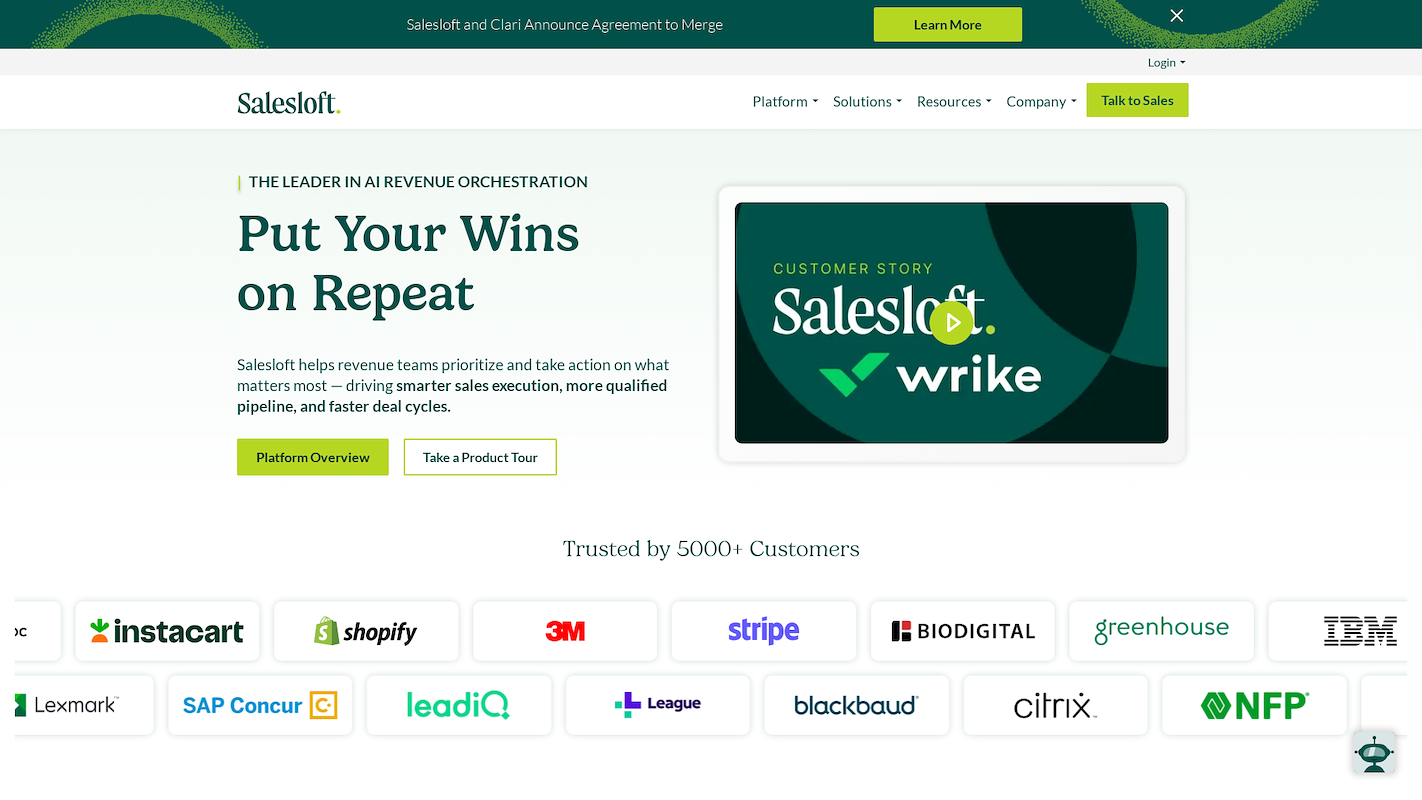
Salesloft is a revenue workflow platform that helps sales teams manage the entire customer lifecycle. It provides AI-driven guidance and automates workflows. The system integrates with CRMs and other tools to consolidate all sales activities into a single workspace.
Salesloft's Main Features
- Offers a forecasting tool that combines real-time deal data, AI analysis, and seller input for accuracy.
- Uses an AI-powered feature called Rhythm to prioritize and recommend the right actions for sales teams at the right moments.
- Provides a Deals module for pipeline management that uses AI to offer insights into deal risk, next steps, and velocity.
- Includes AI chat agents from Drift to engage website visitors with personalized conversations in real time.
How Salesloft Compares to Cassidy
Average Review score: 4.5/5 stars based on 4,145 G2 reviews.
- Salesloft provides a forecasting tool that uses AI and real-time data for accuracy. This is a feature not found in Cassidy, which focuses on building general-purpose AI assistants.
- The platform's AI feature, Rhythm, prioritizes and suggests actions for sales teams. This offers a guided approach, unlike Cassidy, which requires users to design their own custom workflows.
- It includes a Deals module that uses AI to provide insights on deal risk and velocity. This is more sales-specific than Cassidy's system, which builds automations for a wider range of business tasks.
- The tool integrates AI chat agents from Drift to engage website visitors in real time. This contrasts with Cassidy's focus on creating AI assistants for internal, multi-departmental tasks.
How Salesloft Differs From Cassidy
- Salesloft focuses on sales and revenue teams. This offers less versatility than Cassidy, which builds AI assistants for various departments, including customer support and operations.
- Its automation is tailored for sales sequences. Some users may find this less flexible than Cassidy's system, which builds custom, multi-step workflows for a wider range of business processes.
- The platform primarily uses sales interaction data. This contrasts with Cassidy, which connects to a company’s internal data from various departments to automate a wider range of tasks.
Value and Cost Analysis
Both Salesloft and Cassidy operate on a custom-quote basis, so pricing is not publicly available. This approach suggests a focus on enterprise contracts. For the most accurate information, we recommend visiting Salesloft's official website to request a quote.
When to Choose 11x
If your main goal is to automate sales tasks, 11x offers a focused solution. Its AI digital workers handle lead research and outreach. This allows your sales team to concentrate on deals. Consider this platform for dedicated sales automation.
At 11x, we run your sales playbook with AI. Alice finds accounts and handles outreach, while Julian qualifies leads and sets meetings. We replace multiple GTM tools by combining data, outreach, and email warmup into one platform.
Book a demo to see our platform in action.
6) Lemlist
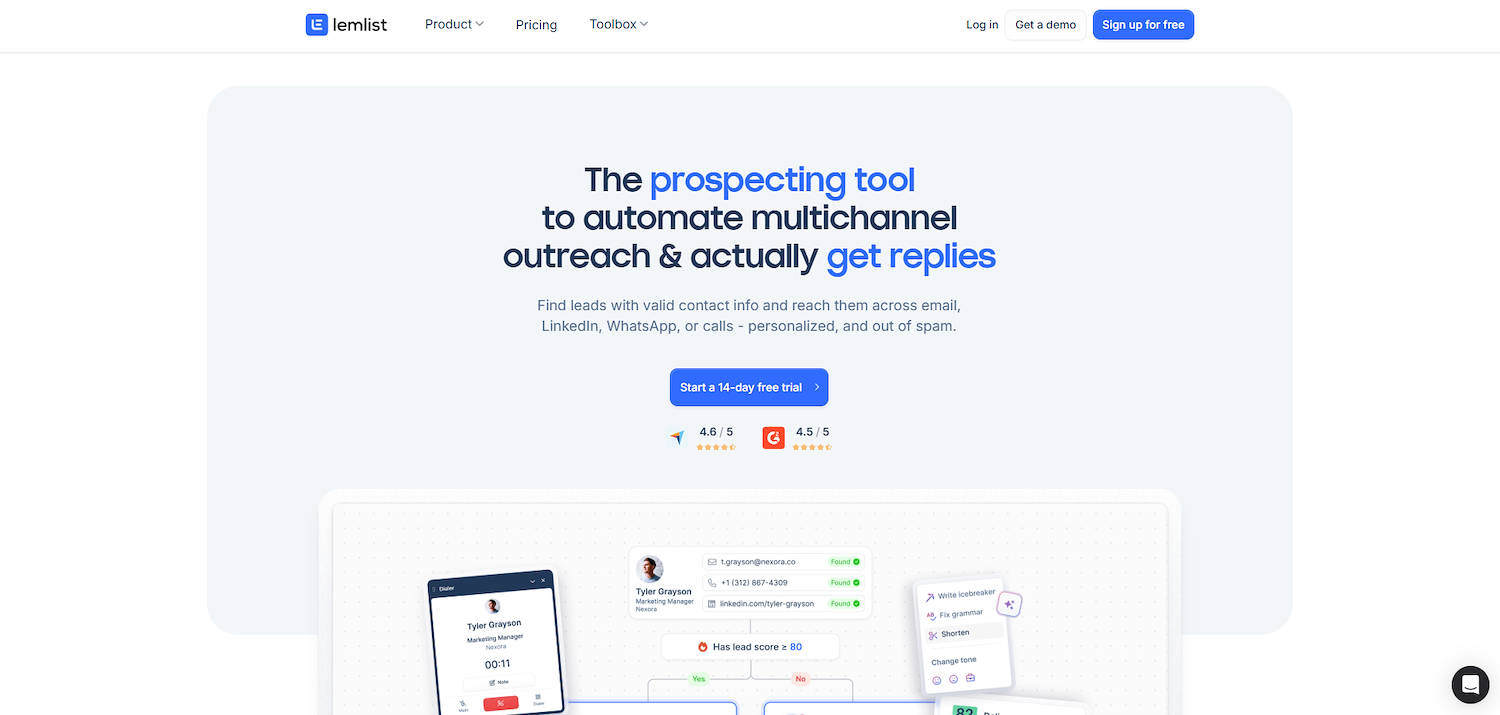
Lemlist is a sales engagement platform for personalized outreach. It helps users connect with prospects across channels like email, LinkedIn, and calls through automated sequences. An AI assistant helps generate campaign ideas and write personalized email copy.
The platform integrates with CRMs to support sales workflows and keep data synchronized.
Lemlist's Main Features
- Automates multichannel outreach sequences that include email, LinkedIn actions, WhatsApp messages, and calls.
- Personalizes messages with dynamic variables for text, images, and custom landing pages.
- Includes a built-in email warm-up tool, lemwarm, to improve deliverability and avoid spam filters.
- Provides access to a B2B database of over 450 million contacts for lead sourcing and enrichment.
How Lemlist Compares to Cassidy
Average Review score: 4.4/5 stars based on 276 G2 reviews.
- Lemlist automates multichannel outreach sequences across email, LinkedIn, and calls. This provides a ready-made sales solution, while Cassidy requires users to build custom workflows for similar tasks.
- It personalizes messages with dynamic text, images, and landing pages. This level of built-in creative personalization for outreach is more specific than the general workflow automation capabilities of Cassidy.
- The platform includes a built-in email warm-up tool to improve deliverability. This is a specialized feature for outreach campaigns that is not a core part of Cassidy's general automation toolkit.
- This tool provides a B2B database with over 450 million contacts for finding new leads. This is different from Cassidy, which works mainly with your company's existing data.
How Lemlist Differs From Cassidy
- Lemlist is designed for sales and marketing teams. This offers less versatility compared to Cassidy, which creates AI assistants for multiple departments, including support and operations.
- The platform's automation is specific to sales outreach. It may not support complex, multi-departmental workflows like Cassidy, which can connect tasks between sales, support, and operations.
- This tool primarily uses its external B2B database for outreach. This approach differs from Cassidy, which connects to a company’s internal systems to automate a wider range of internal business processes.
Value and Cost Analysis
Lemlist offers transparent pricing with a free plan and paid tiers starting at $55 per year, making it more accessible than Cassidy, which operates on a custom-quote basis. This makes Lemlist a better option for individuals or teams wanting to test a platform at a low cost. For detailed pricing, visit Lemlist's official website.
7) HubSpot Sales Hub
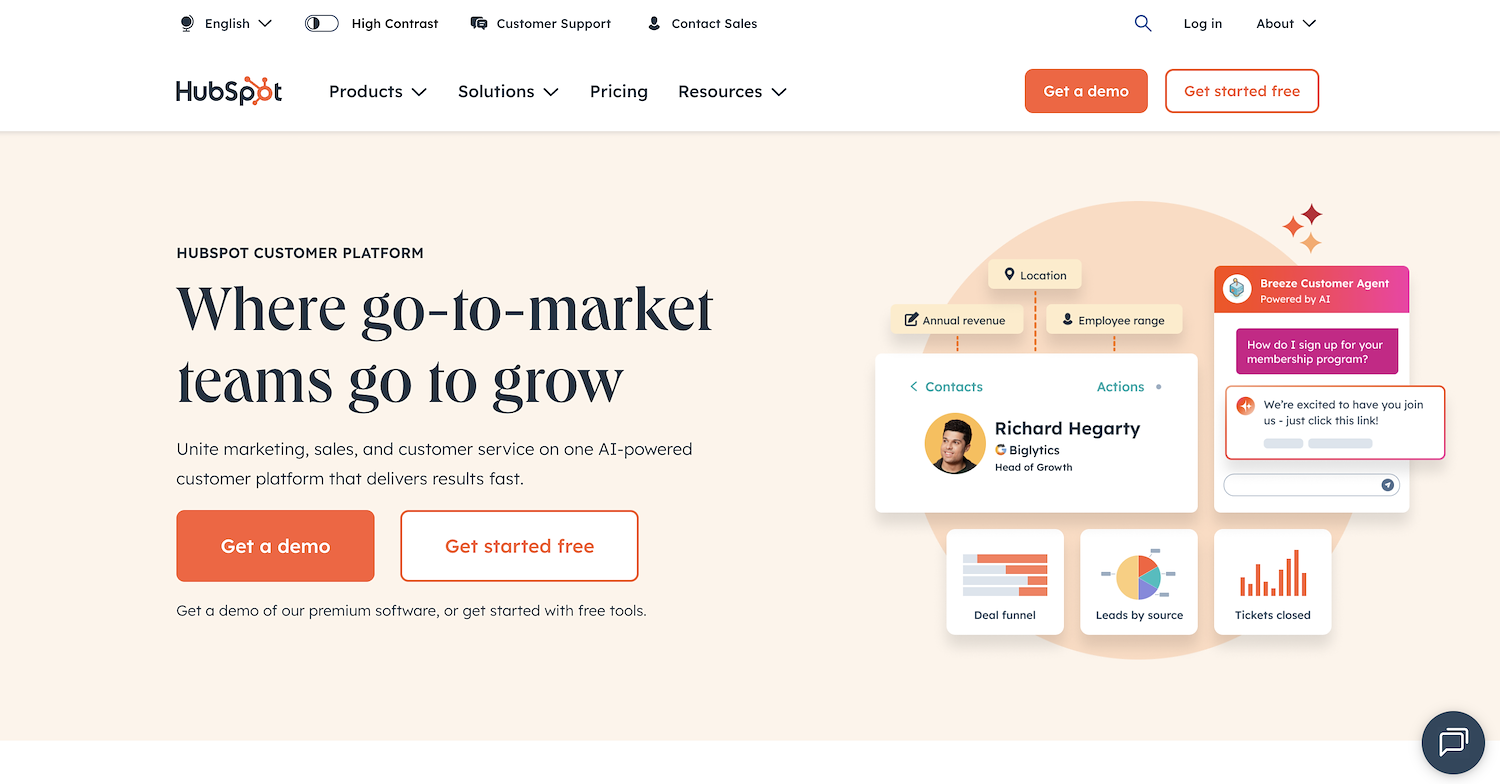
HubSpot Sales Hub is a sales CRM software that operates on a single platform to help teams manage their pipeline. The system uses workflows to automate the sales process and connects with other business applications. An AI assistant drafts sales emails and forecasts revenue to support representative priorities.
HubSpot Sales Hub's Main Features
- Includes AI agents that handle 24/7 prospect questions via chat and perform autonomous lead research with personalized outreach.
- Provides tools for deal management, including visual pipelines, quote creation, e-signatures, and payment processing.
- Uses conversation intelligence to transcribe calls and provides AI-powered forecasting with predictive lead scoring.
- Offers sales enablement resources like playbooks, scripts, and coaching dashboards to guide representatives.
How HubSpot Sales Hub Compares to Cassidy
Average Review score: 4.4/5 stars based on 12,407 G2 reviews.
- HubSpot Sales Hub operates as an all-in-one sales platform with a native CRM. This integrated system provides a single source for customer data, which differs from Cassidy's model of connecting to a company's existing, separate data sources.
- It includes end-to-end deal management tools, such as quote creation and payment processing. This offers a more complete sales cycle solution compared to Cassidy, which focuses on building custom automations rather than managing financial transactions.
- The platform provides ready-to-use AI agents for tasks like 24/7 prospect chat and lead research. This is a slight advantage over Cassidy, where users must build and configure their own AI assistants for similar functions.
- This tool offers built-in sales enablement resources like playbooks and coaching dashboards. This provides direct guidance for sales reps, a feature not found in Cassidy's general-purpose workflow automation system.
How HubSpot Sales Hub Differs From Cassidy
- HubSpot Sales Hub centers on sales functions. This offers less versatility compared to Cassidy, which creates AI assistants for various departments like support and operations.
- Its automation is tailored for sales processes. Some users may find this less flexible than Cassidy's system, which lets users create custom, multi-step workflows for diverse business processes.
- The platform operates on its native CRM. This approach differs from Cassidy, which connects to a company’s existing internal data from various departments to power its automations.
Value and Cost Analysis
HubSpot Sales Hub offers transparent pricing with a free CRM and paid plans starting at $20 per user per month. This contrasts with Cassidy, which operates on a custom-quote basis. HubSpot's model provides an accessible entry point for teams wanting to test the platform at a low cost.
8) Groove
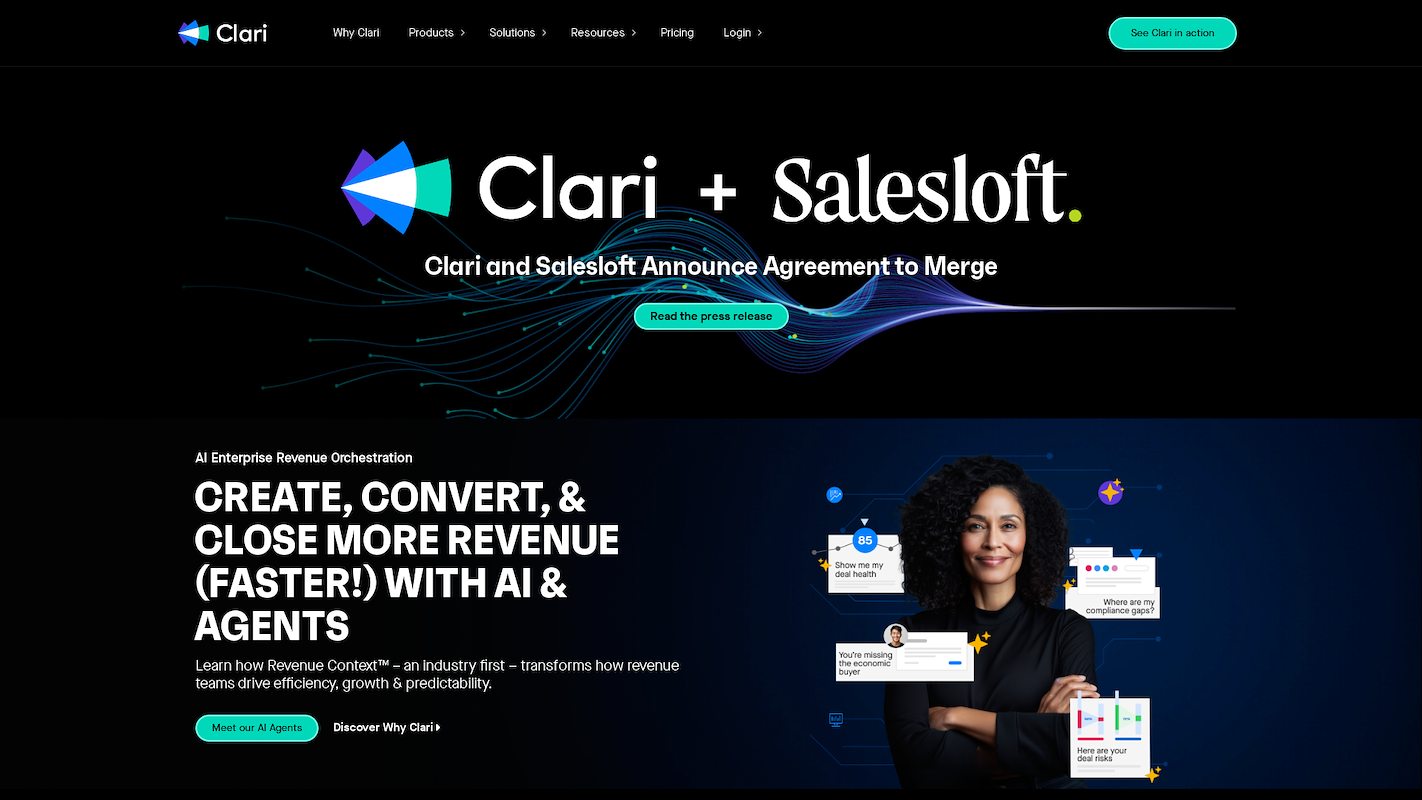
Groove is a sales engagement platform that works with Salesforce. It automates non-sales tasks and logs all activities directly within the CRM. The system helps execute multi-channel campaigns and uses AI to guide sellers. This design ensures that all sales data and workflows remain inside the Salesforce environment.
Groove's Main Features
- Provides ticket and case management to centralize customer support issues.
- Includes an email-to-case function that converts support emails into tickets.
- Offers user, role, and access management to define permissions for team members.
- Allows for internal discussion within tickets for team collaboration.
How Groove Compares to Cassidy
Average Review score: 4.6/5 stars based on 193 G2 reviews.
- Groove includes a native ticket and case management system that automatically turns support emails into tickets. This provides a ready-made support structure, whereas Cassidy requires building a custom workflow for similar task management.
- It offers an internal discussion feature within tickets for team collaboration on customer issues. This is different from Cassidy, which focuses on automating individual tasks rather than facilitating team conversations around a specific case.
- The platform provides a shared inbox to centralize customer support communication. This is a slight advantage over Cassidy, which automates workflows but does not offer a native shared inbox feature for team-based email management.
- This tool has user, role, and access management designed for support teams. This is more specific than Cassidy's general system, which builds AI assistants for broader, cross-departmental use.
How Groove Differs From Cassidy
- Groove focuses on customer support tasks with its shared inbox. This is different from Cassidy, which creates AI assistants for various departments like sales and marketing and provides broader company-wide automation.
- The platform's automation is for help desk workflows. Some users find its rules have limited customization. This contrasts with Cassidy's system, which creates flexible, multi-step workflows for different business processes.
- Groove is built for support teams, which makes it less versatile than Cassidy. For example, it may not connect a support issue to a task for another department, a function Cassidy handles.
Value and Cost Analysis
Groove offers transparent pricing with plans starting at $15 per user per month, making it more accessible than Cassidy, which operates on a custom-quote basis. This makes Groove a better option for teams that need a predictable cost structure and a low-cost entry point.
9) Mailshake
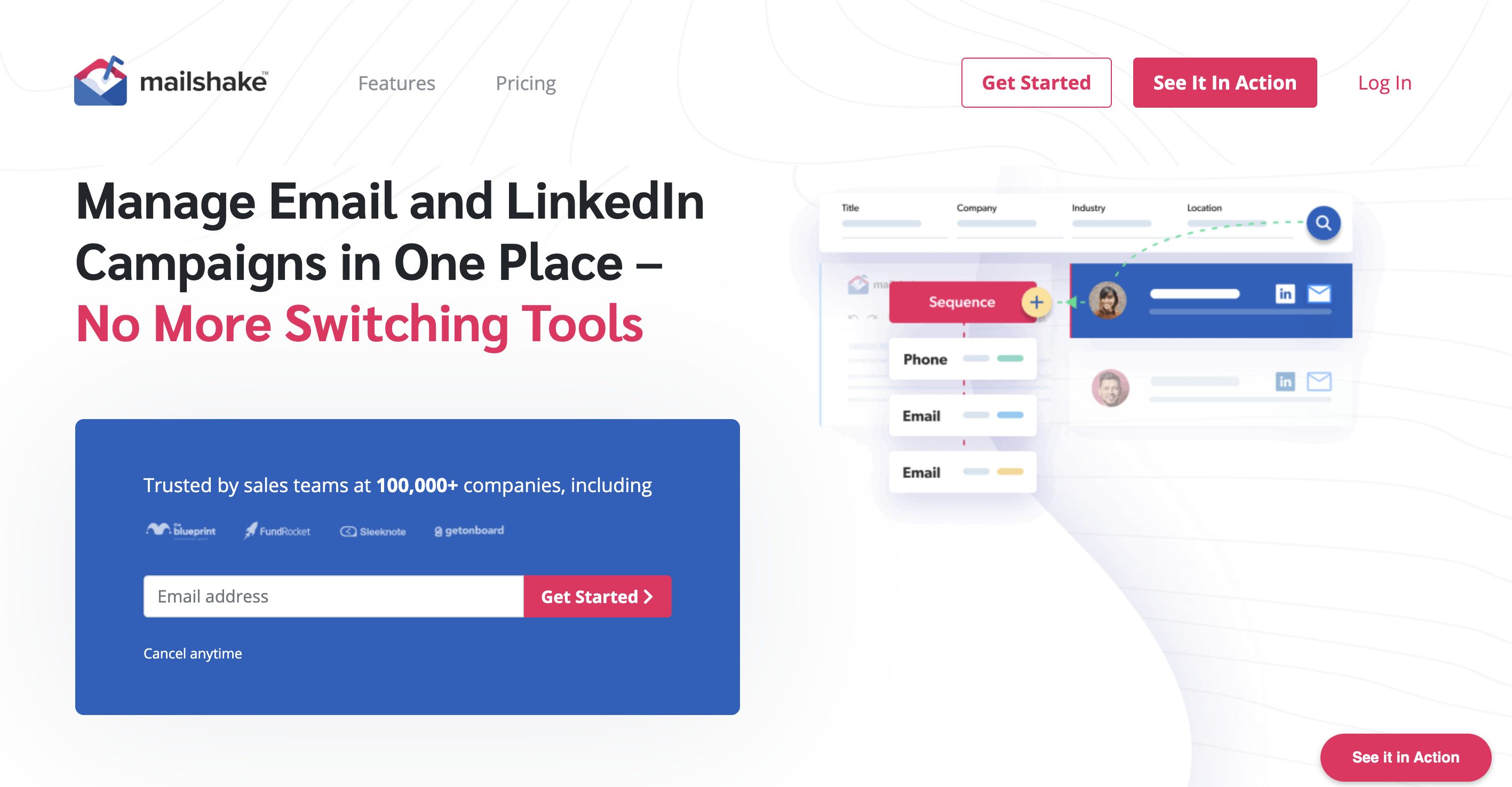
Mailshake is a sales engagement platform for cold email outreach. It automates email sequences and follow-ups, which allows sales teams to manage campaigns from one place.
An AI writer assists with email copy generation. The platform also connects with CRMs and other sales tools to support existing workflows.
Mailshake's Main Features
- Automates email sequences and tracks performance.
- Uses lead scoring and prioritization to identify promising prospects.
- Schedules emails for the best time of day to improve engagement.
- Manages tasks for outreach on other channels like phone and social media.
How Mailshake Compares to Cassidy
Average Review score: 4.7/5 stars based on 326 G2 reviews.
- Mailshake uses lead scoring to help sales teams identify promising prospects. This provides a ready-made sales function, while Cassidy requires users to build a custom system for similar lead management.
- It includes a feature for scheduling emails at the best time of day to improve engagement. This is a specialized tool for outreach, unlike Cassidy's general-purpose workflow automation.
- The platform automates cold email sequences and tracks their performance directly. This is a more focused approach compared to Cassidy, which builds broader, multi-departmental automations.
- This tool manages tasks for outreach across different channels like phone and social media within a single sequence. Cassidy's system is more flexible but requires users to design these multi-channel workflows from scratch.
How Mailshake Differs From Cassidy
- Mailshake focuses on sales engagement. This is less versatile than Cassidy, which builds AI assistants for various departments like support and operations to connect different business functions.
- The platform's automation is specific to sales outreach. It may not support complex, multi-departmental workflows, unlike Cassidy, which connects tasks between different teams like sales and support.
- This tool primarily uses external data for outreach. This approach differs from Cassidy, which connects to a company’s internal data from various departments to power its automations for internal tasks.
Value and Cost Analysis
Mailshake offers transparent pricing with plans starting at $29 per month. This makes it more accessible than Cassidy, which operates on a custom-quote basis. Mailshake is a better option for teams that need a predictable cost structure and a low-cost entry point.
10) Snov.io

Snov.io is a sales automation platform that finds and verifies contacts. It automates outreach through email drip campaigns and includes a sales CRM. An AI writer assists with email copy creation.
The system supports custom workflows via integrations with other CRMs and applications, which allows teams to connect their sales and marketing tools.
Snov.io's Main Features
- Manages contacts, accounts, and leads with sales force automation.
- Tracks sales opportunities and pipelines through task and activity management.
- Delivers reporting and analytics with data dashboards.
- Provides contact, company, and industry research data.
How Snov.io Compares to Cassidy
Average Review score: 4.6/5 stars based on 450 G2 reviews.
- Snov.io provides contact, company, and industry research data directly within the platform. This is different from Cassidy, which primarily connects to your company's existing data sources to function.
- It includes built-in opportunity and pipeline management to track deals. This offers a ready-made sales structure, while Cassidy requires users to build a custom workflow for similar tracking.
- The platform offers reporting and analytics dashboards for sales data. This provides a more focused view of sales performance compared to Cassidy's general-purpose system, which automates tasks across departments.
- This tool manages leads and contacts within its own system. This is a slight advantage over Cassidy, which automates actions on leads but does not offer a native contact management database.
How Snov.io Differs From Cassidy
- Snov.io is built for sales and marketing teams. This focus means it lacks the cross-departmental capability of Cassidy, which can automate tasks for support, operations, and other teams.
- Its automation is geared toward sales sequences. This structure may not suit businesses that need to create highly custom workflows for unique internal tasks, which is a primary feature of Cassidy.
- The tool's functionality is based on its external contact database. This is a different approach from Cassidy, which integrates with a company's internal systems to automate processes using proprietary data.
Value and Cost Analysis
Snov.io offers transparent pricing with a free trial and paid plans starting at $39 per month. In contrast, Cassidy does not publish its pricing, which suggests a custom-quote model for enterprise clients. This makes Snov.io a more accessible option for teams that need a predictable cost structure and a low-cost entry point.
Which One Should You Go With?
Choosing a Cassidy alternative depends on your specific business needs and priorities. This guide shared several options, detailing their features and drawbacks to help you decide.
If your main goal is to automate sales tasks, 11x offers a focused solution. Its AI digital workers handle lead research and outreach, allowing your sales team to concentrate on deals. Consider this platform for dedicated sales automation.


